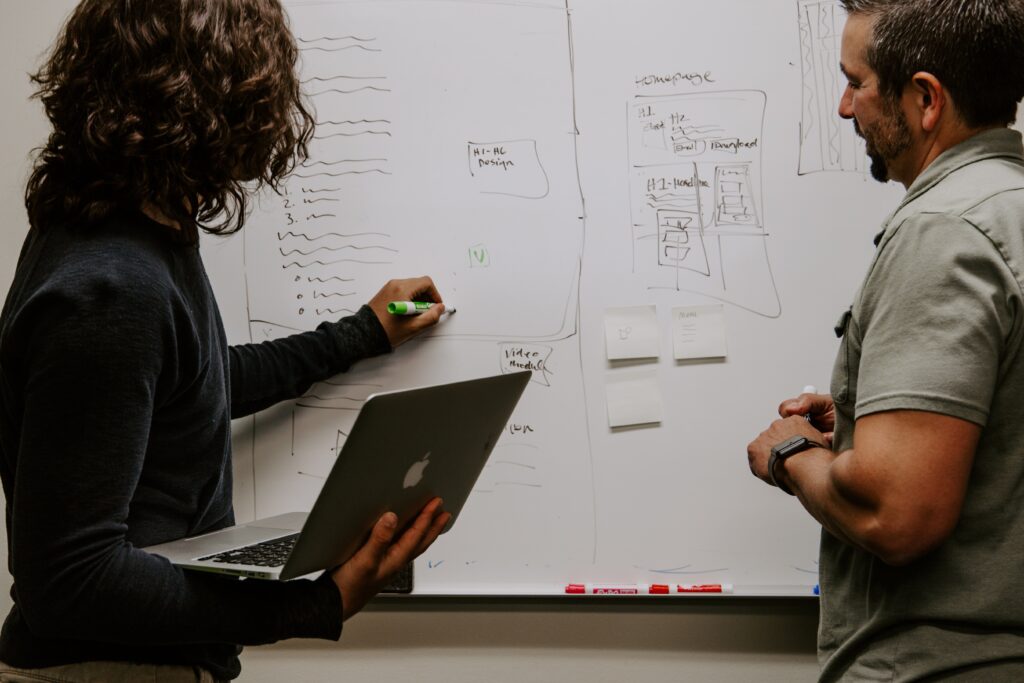When you evaluate your language access program, your goal is to ensure all patients have the same experience irrespective of language barriers. As you know, cost control is as important to your language access program’s success as the qualifications of the interpreters and translators.
When developing a proper language access program, you need to understand the different communication modalities needed to satisfy the demand at your facilities. Below are some examples:
- A la carte, onsite spoken language and ASL interpretation,
- On-demand, audio/video spoken language and ASL interpretation, and
- Full/part time equivalent onsite interpreter(s) for high volume locations.
Other elements to consider are equipment costs. Should you lease or buy audio/video interpretation equipment? Should you utilize existing devices? Maybe some combination of some or all of the above?
Once you have answers to these questions, you can start your analysis.

After considering your options, it is tempting to purchase the lowest priced, technically acceptable solution for a specific service line. But while evaluating price, you should also consider key performance indicators. For example, if the vendor’s fill rate for a la carte onsite interpretation is less than 90%, they might cost you more in the end.
When evaluating on-demand services, are you able to identify the average hold time, or average call drop rate? All these variables would help you identify which vendor would be best suited for these service lines. Again, beware of the lowest priced options in the marketplace.
Full/part time equivalent onsite interpreter(s) allow you to hire (or contract through a vendor) dedicated resources to see as many patients as possible in a shift at an hourly fee that is considerably lower than your al a carte costs.
Once you have a solution in place for every possible patient engagement scenario, it is time to do some calculations. It would be helpful if you could track each time language services support was provided to a patient across all modalities. This will give you the most accurate figure.
Simply calculate your spend over a given time period and divide by the engagement count to get the average spend per encounter.
It is important to note that this is the average spend per encounter, not per patient. You may frequently have multiple encounters with a single patient during a visit. However, knowing what your healthcare system spends per encounter on language access allows you to properly staff, budget, and manage costs.
Working with a vendor who puts all this data and more at your fingertips in a secure, online environment is of tremendous value to you. Contact TLG today to learn more about LIT, our Language Access Tool, which can help you enhance your language access program through actionable business intelligence data.
